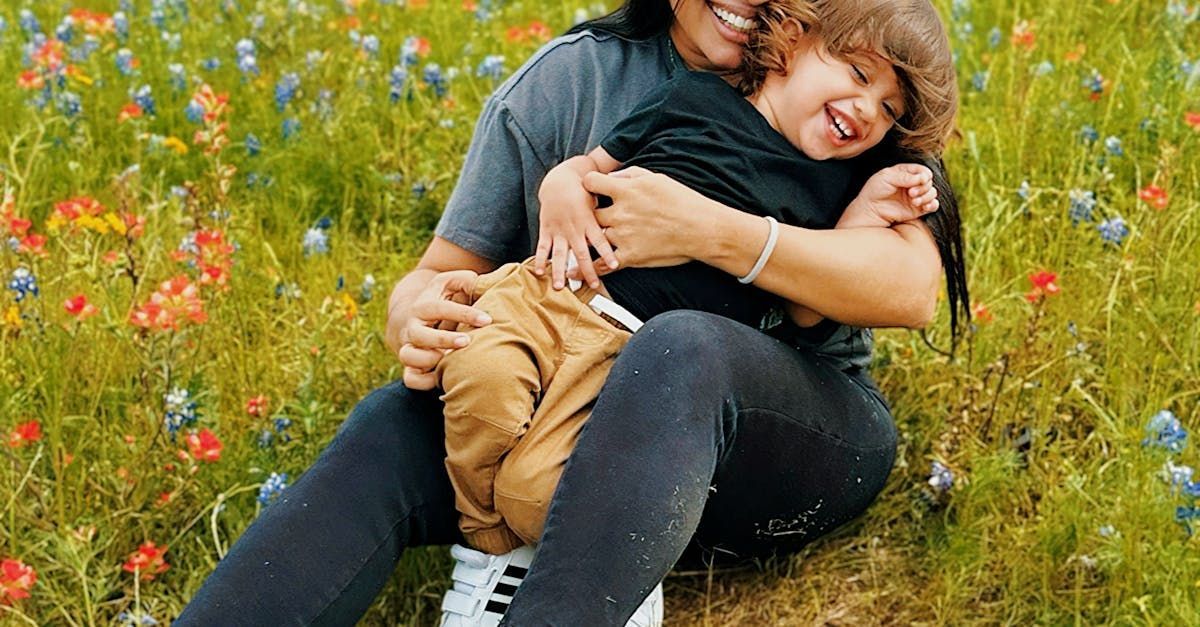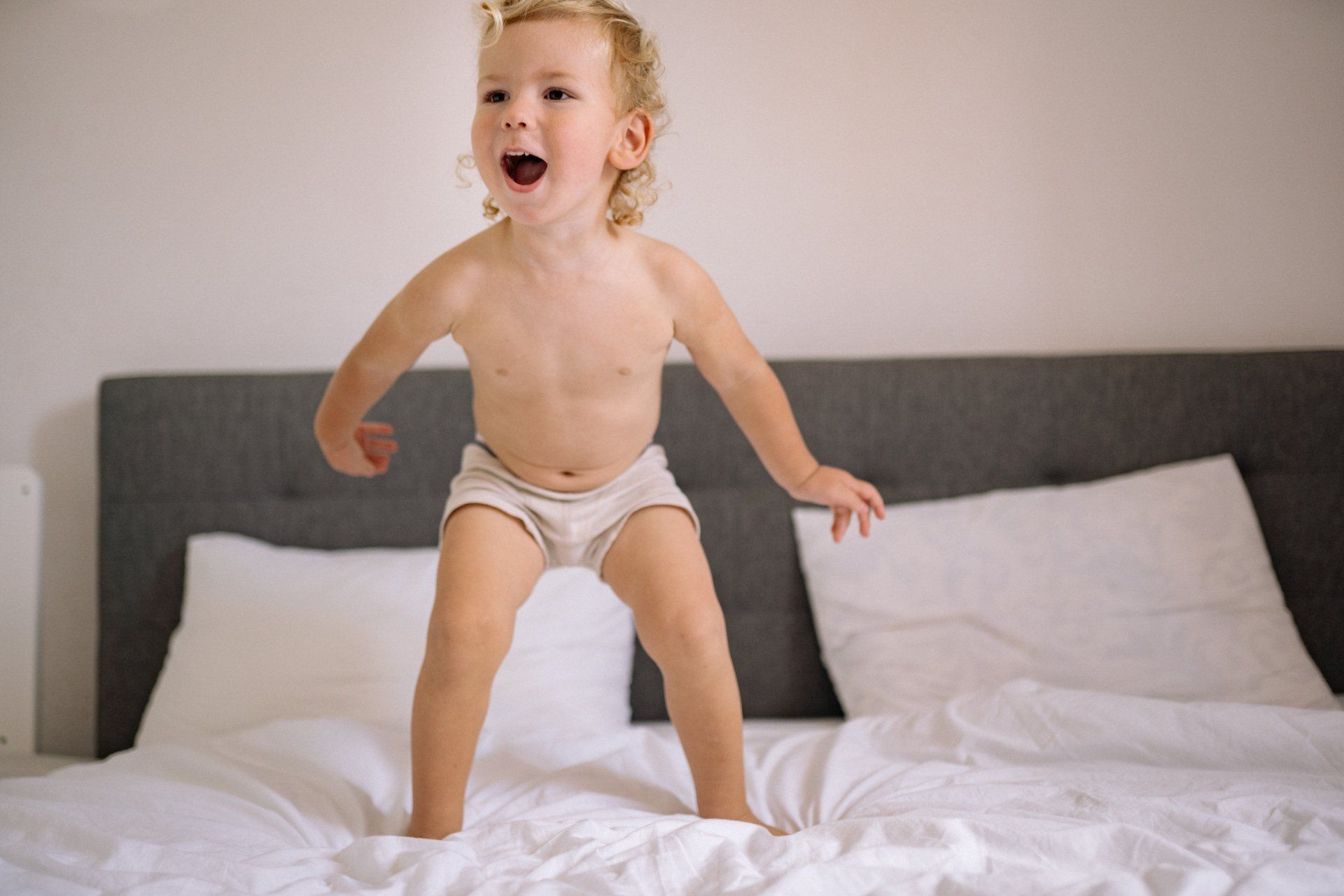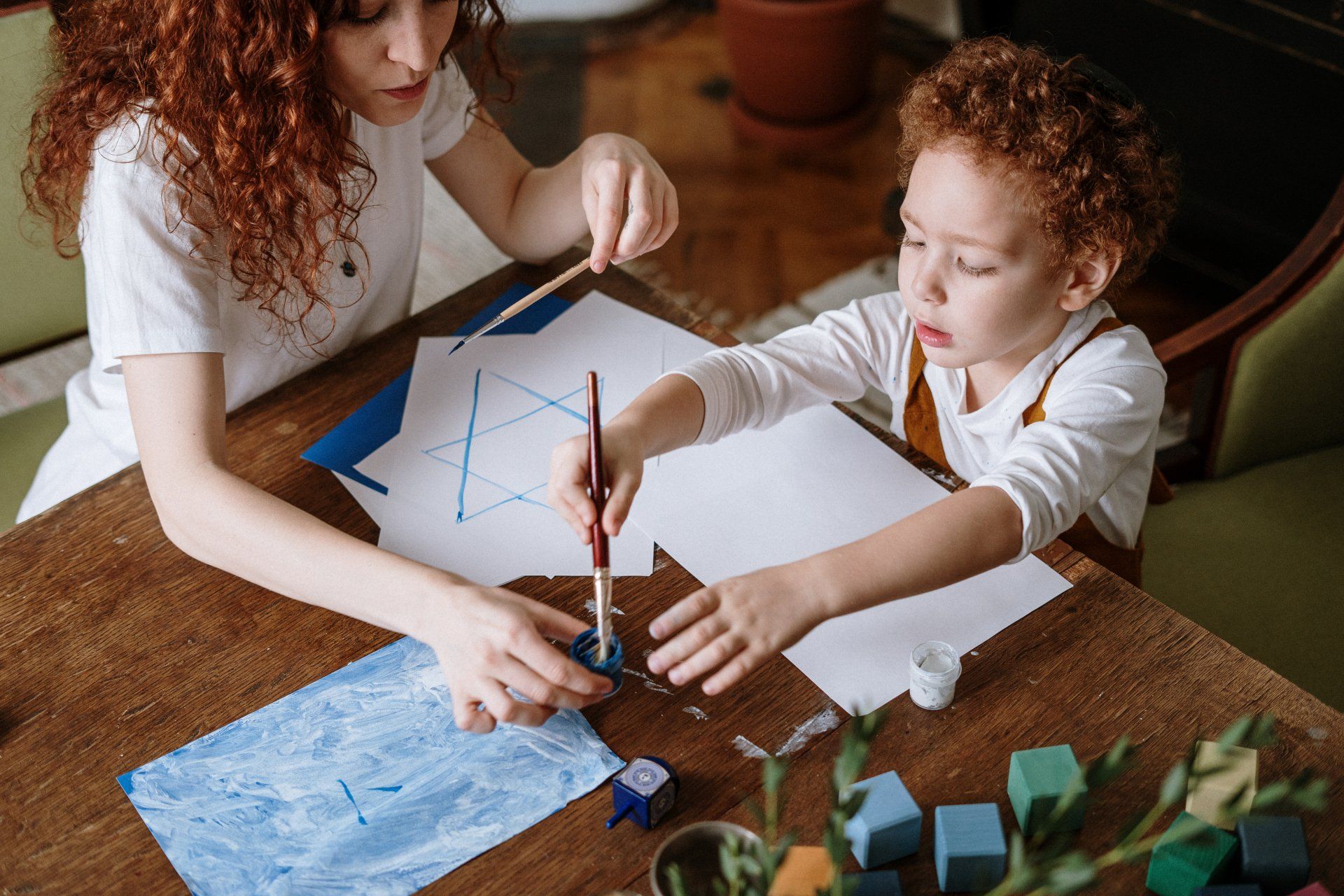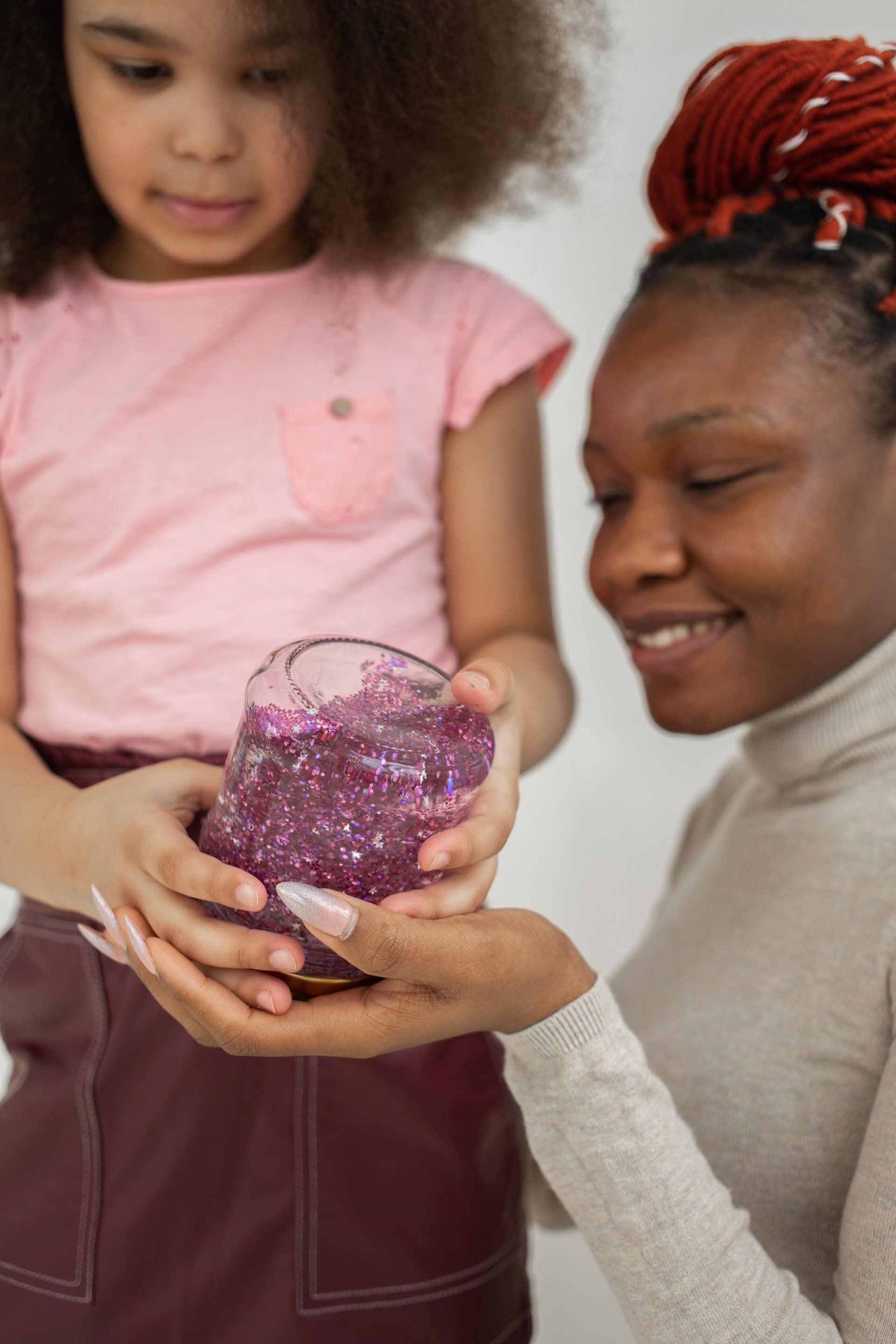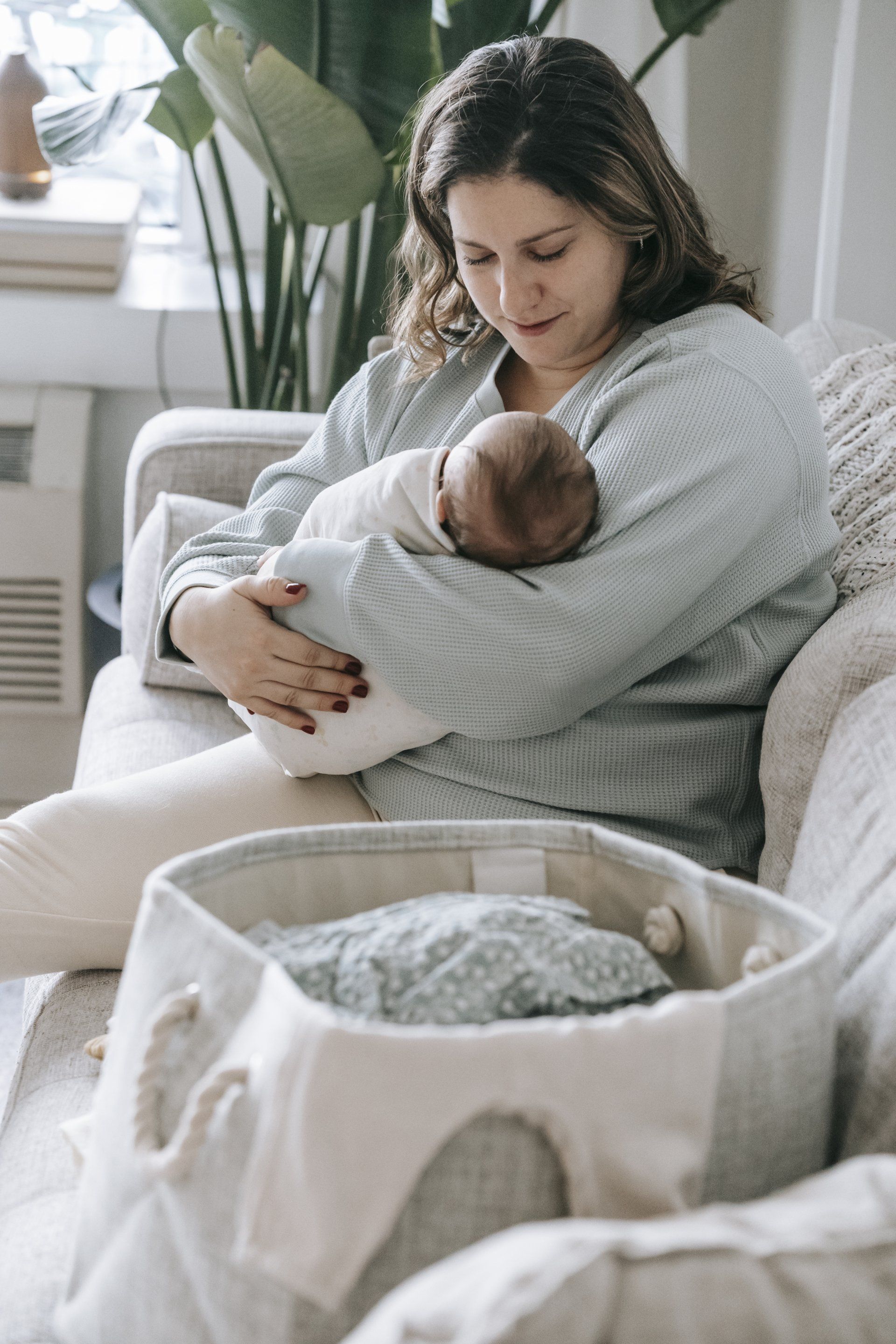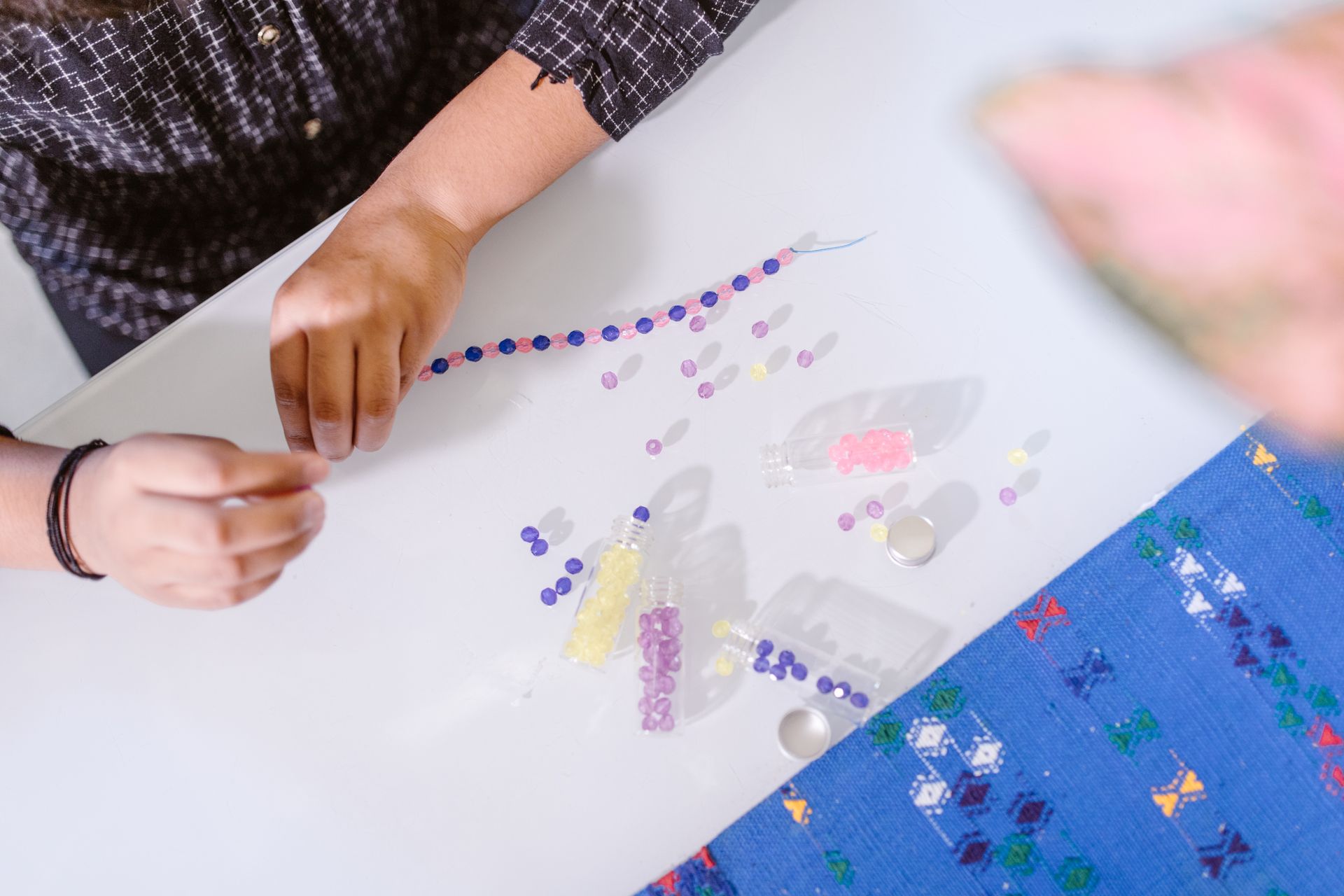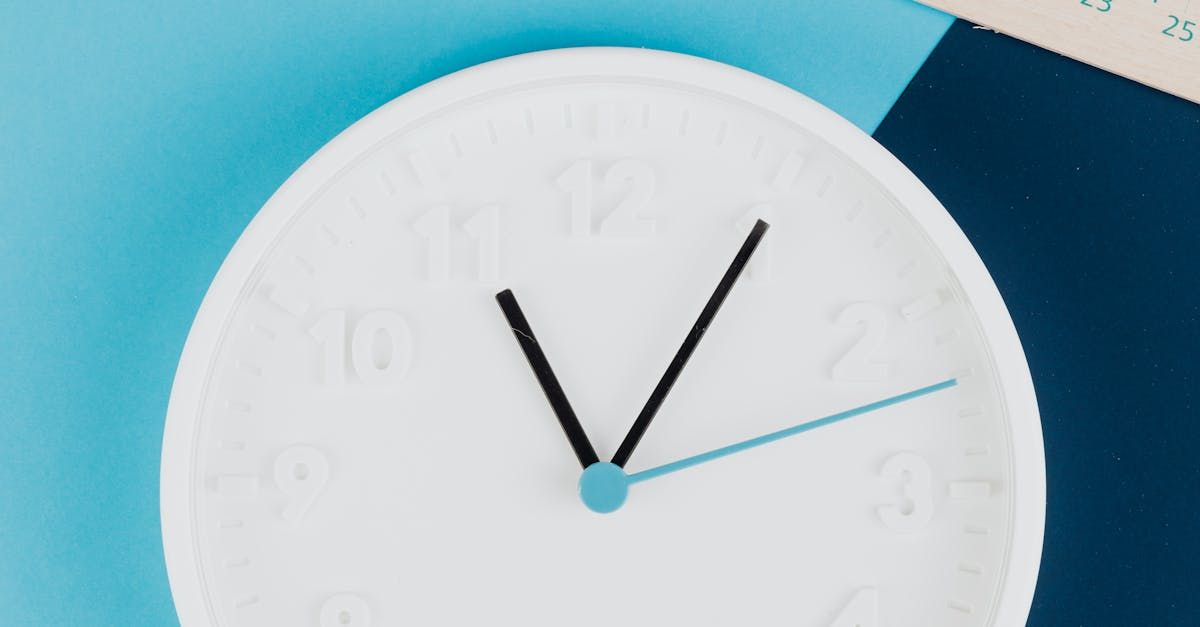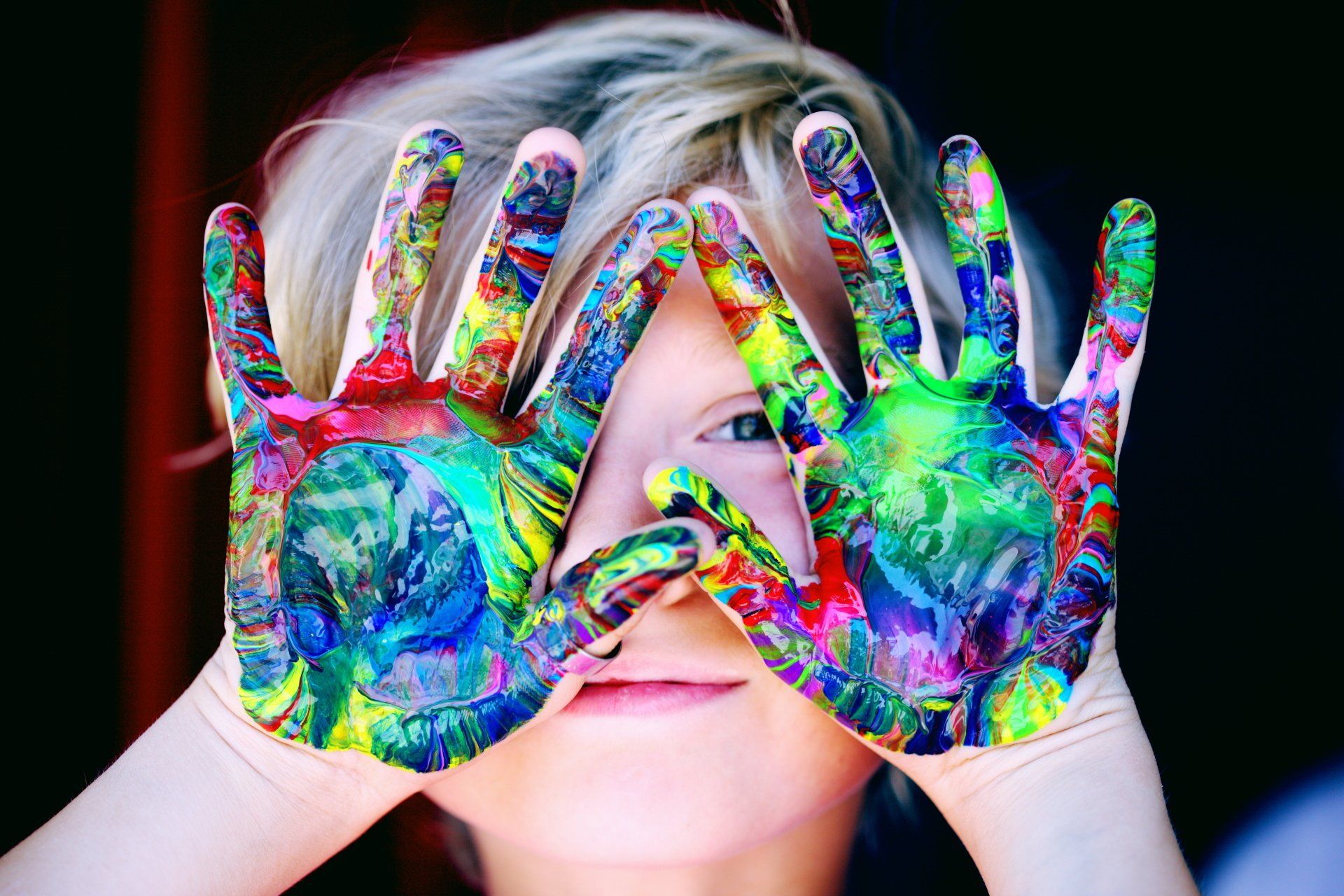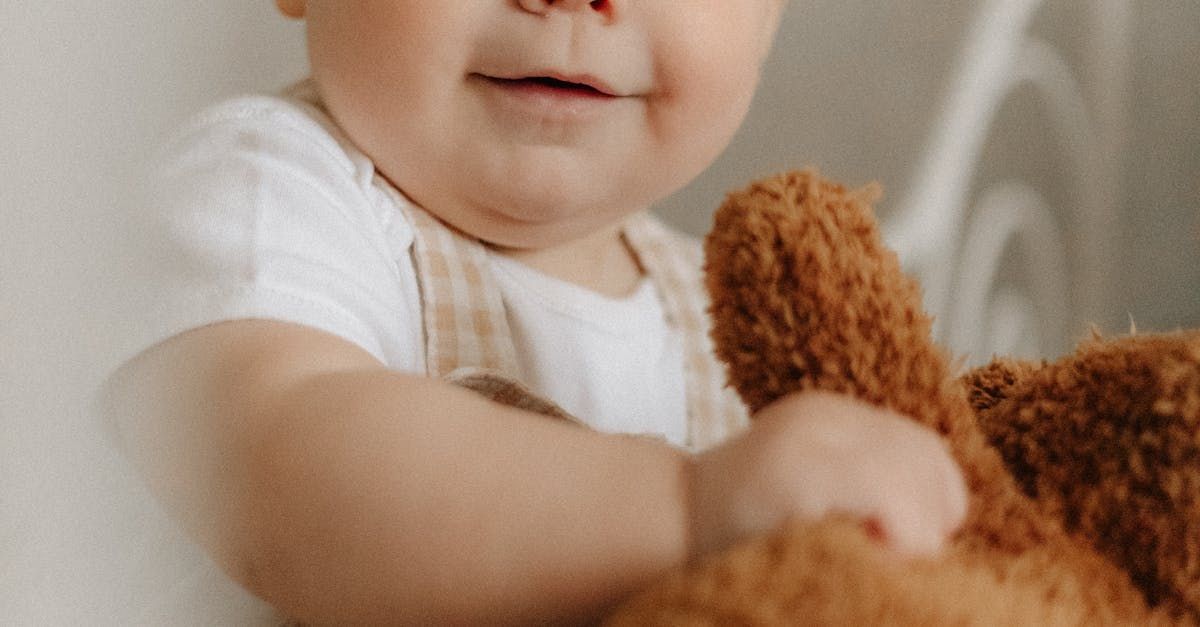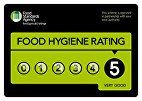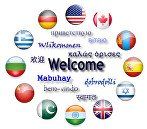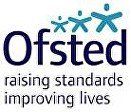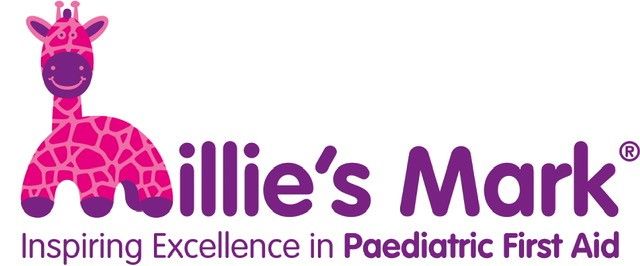The Importance of Hand-Eye Coordination Activities
The Importance of Hand-Eye Coordination Activities
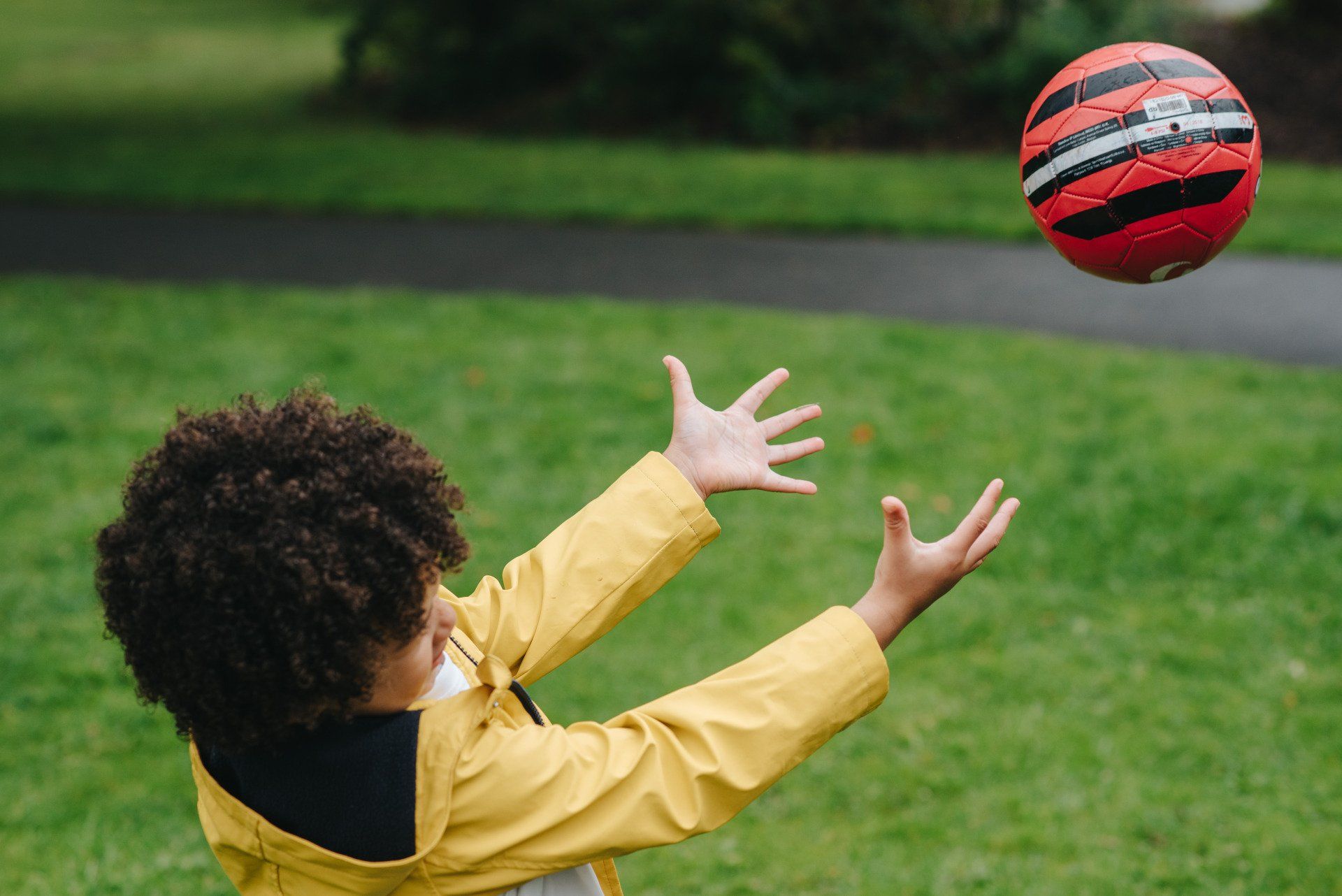
Hand-eye coordination is a critical skill that plays a vital role in our daily lives and overall development. This ability to synchronise hand movements with what the eyes see is essential for performing various tasks efficiently and effectively. This article explores the importance of hand-eye coordination activities, their benefits, and practical ways to incorporate them into daily routines.
Understanding Hand-Eye Coordination
What is Hand-Eye Coordination?
Hand-eye coordination refers to the ability to control hand movements guided by visual input. It involves the brain processing information received through the eyes and using it to direct the hands to perform a specific action. This skill is crucial for tasks ranging from simple daily activities to complex actions in sports and academics.
Developmental Stages and Milestones
Hand-eye coordination develops progressively from infancy through adulthood. Infants start by reaching for objects, and as they grow, they learn to grasp, stack, and manipulate toys. Preschoolers improve their skills through activities like drawing and playing with blocks. By school age, children refine their coordination through sports and musical instruments.
Impact on Overall Motor Skills
Hand-eye coordination is a foundational skill for overall motor development. It enhances both fine and gross motor skills, allowing children to perform tasks that require precision and control, such as writing, cutting, and playing sports. Strong hand-eye coordination contributes to better physical health and academic performance.
Benefits of Hand-Eye Coordination Activities
Enhances Fine Motor Skills
Activities that promote hand-eye coordination also improve fine motor skills, which involve small muscle movements of the hands and fingers. These skills are essential for writing, buttoning clothes, and using utensils.
Improves Reaction Time and Reflexes
Engaging in hand-eye coordination activities helps improve reaction time and reflexes. This is particularly beneficial in sports, where quick responses to visual stimuli are crucial.
Boosts Cognitive Development
Hand-eye coordination activities stimulate cognitive development by enhancing spatial awareness, problem-solving skills, and concentration. These activities require the brain to process visual information and translate it into physical action, thereby strengthening neural connections.
Supports Academic Learning and Performance
Good hand-eye coordination is linked to better academic performance. It aids in writing, drawing, and using educational tools, making learning more effective and enjoyable.
Aids in Sports and Physical Activities
Hand-eye coordination is vital for success in sports and physical activities. It helps with activities like catching, throwing, hitting, and dribbling, enhancing overall athletic performance.
Activities to Improve Hand-Eye Coordination
Indoor Activities
Building with Blocks: Stacking and constructing with blocks enhance spatial awareness and coordination.
Puzzles and Board Games: These activities require precise hand movements and visual processing.
Arts and Crafts: Activities like drawing, cutting, and pasting improve fine motor skills and creativity.
Outdoor Activities
Catching and Throwing Games: Playing catch or throwing a ball at a target enhances coordination and reflexes.
Obstacle Courses: Navigating an obstacle course improves both gross and fine motor skills.
Cycling and Other Sports: Activities like cycling, basketball, and tennis require excellent hand-eye coordination.
Digital Activities
Educational Video Games: Games designed to improve coordination can be beneficial when used in moderation.
Interactive Apps: Apps that involve tracing, drawing, or puzzle-solving can enhance hand-eye coordination.
Hand-Eye Coordination in Different Age Groups
Infants and Toddlers
- Stacking Toys: Encourages grasping and placing objects.
- Grasping Objects: Simple activities like picking up toys enhance coordination.
- Simple Ball Games: Rolling or tossing a ball back and forth.
Preschoolers
- Beading and Threading: Improves fine motor skills and concentration.
- Basic Sports: Activities like kicking a ball or playing catch.
- Simple Puzzles: Enhances problem-solving and motor skills.
School-Aged Children
- Advanced Puzzles and Board Games: Require precise hand movements and strategic thinking.
- Team Sports: Activities like soccer, basketball, and baseball.
- Musical Instruments: Playing instruments like piano or violin develops fine motor skills and coordination.
Incorporating Hand-Eye Coordination Activities into Daily Routine
Practical Tips for Parents and Caregivers
Parents and caregivers can incorporate hand-eye coordination activities into daily routines by using everyday objects and games. Simple activities like sorting laundry, cooking, or even playing catch in the backyard can be effective.
Creating a Balanced Routine
Balance is key when incorporating these activities. Ensure a mix of indoor, outdoor, and digital activities to keep the child engaged and motivated. Regular breaks and variations in activities prevent monotony and fatigue.
Encouraging Consistency and Progress Tracking
Consistency is important for development. Encourage regular practice and track progress by setting small, achievable goals. Celebrate milestones to keep the child motivated and engaged.
Addressing Challenges and Providing Support
Recognising and Addressing Coordination Issues
Some children may struggle with hand-eye coordination. Early recognition and intervention can help address these issues. Signs to look for include difficulty with tasks requiring precision, clumsiness, or frustration with activities involving coordination.
Tailoring Activities to Individual Needs
Not all children develop at the same pace. Tailor activities to the child's individual needs and abilities. Start with simple tasks and gradually increase complexity as the child's skills improve.
Seeking Professional Guidance if Necessary
If coordination issues persist, seeking guidance from professionals such as occupational therapists can be beneficial. They can provide specialised activities and exercises to improve coordination.
The Role of Technology in Hand-Eye Coordination Development
Benefits of Screen-Based Activities
Technology can play a positive role in developing hand-eye coordination. Interactive games and apps that require precise hand movements and quick reactions can be beneficial.
Balancing Screen Time with Physical Activities
While digital activities can be helpful, it's important to balance screen time with physical activities. Encourage outdoor play and hands-on tasks to ensure comprehensive development.
Choosing Appropriate Digital Tools
Select digital tools and apps that are age-appropriate and designed to improve hand-eye coordination. Avoid excessive screen time and ensure that the content is educational and beneficial.
Conclusion
Hand-eye coordination is a vital skill that impacts various aspects of life, from daily activities to academic performance and sports. By incorporating hand-eye coordination activities into daily routines, parents and caregivers can support their child's development and help them achieve their full potential. Engaging in a mix of indoor, outdoor, and digital activities ensures a well-rounded approach to developing this essential skill.
FAQs
1. What is hand-eye coordination, and why is it important?
- Hand-eye coordination is the ability to synchronise hand movements with visual input. It is important for performing daily tasks, academic learning, and physical activities effectively.
2. What are some activities to improve hand-eye coordination in children?
- Activities include building with blocks, puzzles, arts and crafts, catching and throwing games, obstacle courses, and playing musical instruments.
3. How can parents incorporate hand-eye coordination activities into daily routines?
- Parents can use everyday objects and games, such as sorting laundry, cooking, or playing catch, to incorporate these activities into daily routines.
4. What should parents do if their child struggles with hand-eye coordination?
- Parents should recognise signs of difficulty, tailor activities to the child's needs, and seek professional guidance from occupational therapists if necessary.
5. How can technology be used to improve hand-eye coordination?
- Interactive games and apps can improve coordination, but it is important to balance screen time with physical activities and choose appropriate digital tools.
GLOBAL KIDS DAY CARE LIMEHOUSE
Lascar Wharf Community Centre, Limehouse, London, E14 7FN. | Tel: 0207 001 1210 Email: limehouse@globalkidsdaycare.co.uk
GLOBAL KIDS DAY CARE MILE END
21 Burdett Road, Mile End, London, E3 4TU. | Tel: 0208 980 1706 Email: mile-end@globalkidsdaycare.co.uk
GLOBAL KIDS DAY CARE ALDGATE EAST
52 Old Castle Street, Aldgate East, London E1 7AJ. | Tel: 0203 302 7800 / Mobile: 07823 770035 | Email: aldgateeast@globalkidsdaycare.co.uk
Opening Times: 8am - 6pm

